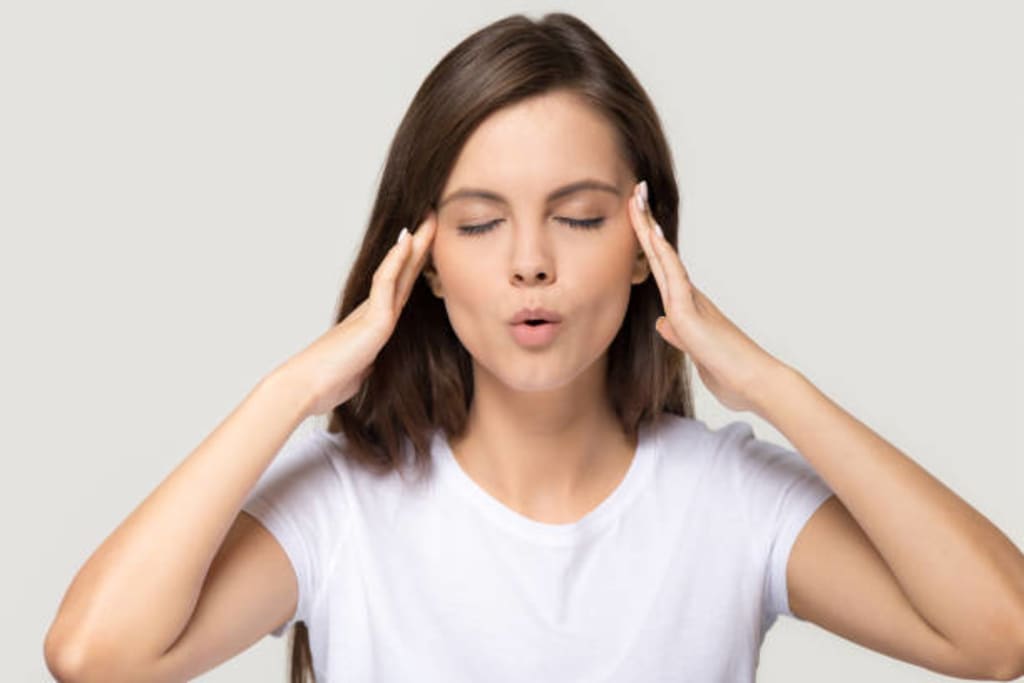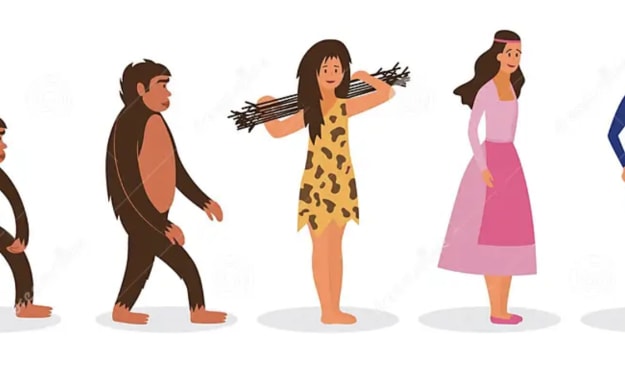Overcoming Anxiety: Strategies for Finding Peace and Calm
Cognitive Behavioral Therapy

Anxiety is a common problem that affects millions of people around the world. It is a feeling of unease, nervousness, and fear that can be triggered by a range of situations and circumstances. Although it is a normal human emotion, when anxiety becomes chronic and overwhelming, it can have a significant impact on a person's life.
Identifying the Root Cause of Anxiety
The first step in managing anxiety is to identify the root cause of your anxiety. Anxiety can be triggered by a range of factors, including stressful situations, trauma, genetics, and chemical imbalances in the brain.
Some people may be able to identify the cause of their anxiety easily, while others may need the help of a mental health professional. If you are struggling to identify the root cause of your anxiety, it is important to seek professional help. A mental health professional can help you identify the triggers and develop strategies to manage your anxiety.
Relaxation Techniques
Relaxation techniques can be an effective way to manage anxiety. There are many relaxation techniques that you can try, including deep breathing, progressive muscle relaxation, and visualization.
Deep breathing is a simple technique that can be done anywhere, anytime. To practice deep breathing, sit or lie down in a comfortable position and take a slow, deep breath in through your nose. Hold your breath for a few seconds, then exhale slowly through your mouth. Repeat this process several times, focusing on your breath and letting go of any tension in your body.
Progressive muscle relaxation involves tensing and relaxing your muscles in sequence, starting with your toes and working your way up to your head. To practice this technique, sit or lie down in a comfortable position and tense the muscles in your toes for a few seconds. Then, release the tension and let your toes relax. Move on to the next muscle group, tensing and releasing each group of muscles in turn.
Visualization involves imagining a calm, peaceful scene in your mind's eye. To practice this technique, find a quiet place where you won't be disturbed and close your eyes. Imagine a peaceful scene, such as a beach or a forest, and focus on the sights, sounds, and smells of that scene.
Exercise
Exercise is a powerful tool for managing anxiety. When you exercise, your body releases endorphins, which are natural chemicals that reduce pain and promote feelings of well-being. Exercise can also help you release tension and improve your mood.
There are many types of exercise that you can try, including jogging, cycling, swimming, and yoga. Choose an activity that you enjoy and that fits your lifestyle. Aim to exercise for at least 30 minutes a day, five days a week.
Healthy Lifestyle Habits
Maintaining a healthy lifestyle can also help you manage anxiety. This includes eating a balanced diet, getting enough sleep, and avoiding substances that can trigger anxiety, such as caffeine and alcohol.
A balanced diet should include a variety of fruits, vegetables, whole grains, and lean proteins. Aim to get at least seven hours of sleep each night, and establish a regular sleep routine to help you fall asleep and stay asleep.
Cognitive Behavioral Therapy
Cognitive behavioral therapy (CBT) is a type of talk therapy that can be very effective for managing anxiety. CBT focuses on identifying and changing negative thought patterns and behaviors that can contribute to anxiety.
During CBT sessions, you will work with a therapist to identify your triggers and develop strategies to manage your anxiety. This may involve challenging negative thoughts and beliefs, practicing relaxation techniques, and learning coping strategies for managing stress





Comments
There are no comments for this story
Be the first to respond and start the conversation.